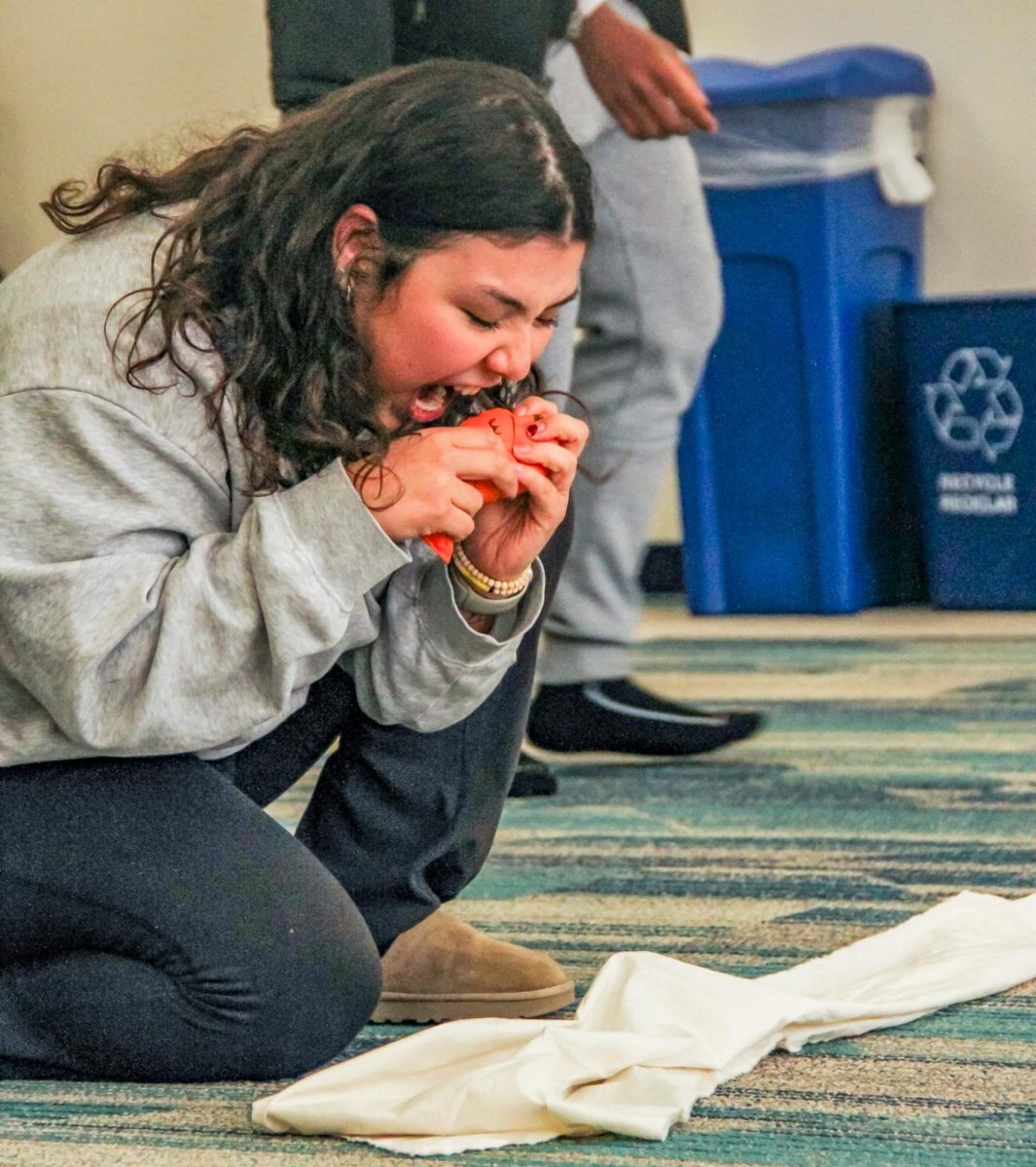By kenney kost/editor-in-chief
Beginning in the late ’90s, TCC joined a class action lawsuit for asbestos removal.
Now, years later, the college has gained $1.5 million as a result.
The final payment was made in October for more than $160,000 from U.S. Mineral Bankruptcy PD Trust. All recovered money will go into TCC’s general fund, said director of environmental management Steve Kleypas.
Asbestos was used extensively in the manufacturing of insulation, fireproofing, floor tile, mastics, drywall texture and acoustical textures, Kleypas said. Airborne asbestos particles have been linked to cancer and other respiratory problems and have been the subject of numerous lawsuits.
“All buildings constructed between the ’30s and ’70s are very likely to have materials that have some asbestos in them,” he said. “These materials, when left undisturbed, are perfectly safe.”
The suit was for removal and replacement costs, said Kleypas. The payments came from three defendants: Asbestospray, Celotex Bankruptcy PD Trust and U.S. Mineral Bankruptcy PD Trust.
“All three of these companies manufactured materials that were used in the construction of South and NE campuses mostly, and some on NW Campus,” Kleypas said.
The recoveries weren’t for any specific removal, he said.
“They were just for costs associated with asbestos containing materials in or buildings, which include removal and replacements costs,” he said.
Over the summer, a major renovation took place in three buildings on South Campus, and Kleypas said significant abatement was done in the buildings. TCC does not expect any extra compensation to come from this as the suit factored in all asbestos-containing material districtwide, he said.
Kleypas said TCC takes asbestos removal seriously and follows all regulatory requirements of the Texas Department of State Health Services prior to any disturbance, which could cause asbestos fibers to become airborne — a potential respiratory hazard.
“We manage abatement by removing any material that will be disturbed during construction, materials that have the potential to be disturbed or if it is in poor condition,” he said.
TCC’s recovery was high relative to other school districts, Kleypas said. He attributes this to good recordkeeping.
“We have very good records of where asbestos is in our buildings as well as the costs associated with the removal of those materials based on previous abatement projects,” he said. “We were able to present invoices and canceled checks for the work done. All of this information was used to determine past and future costs of removal.”




























